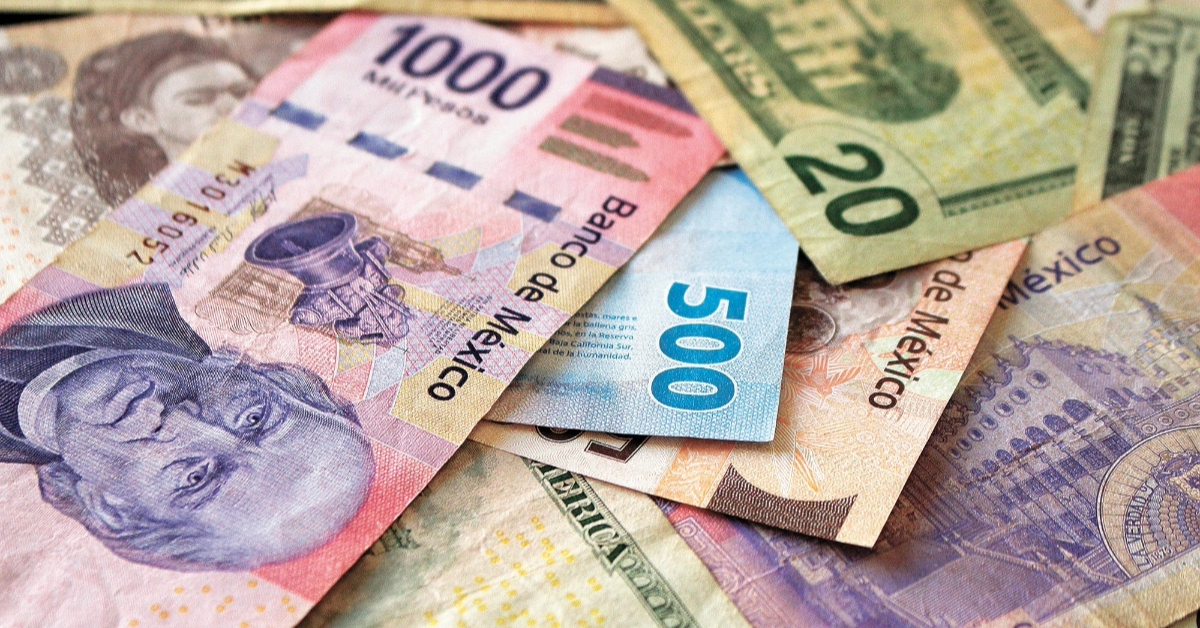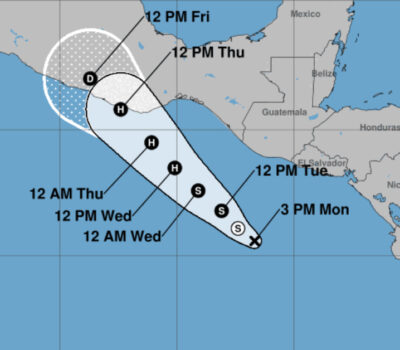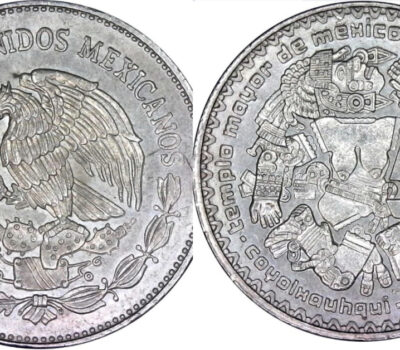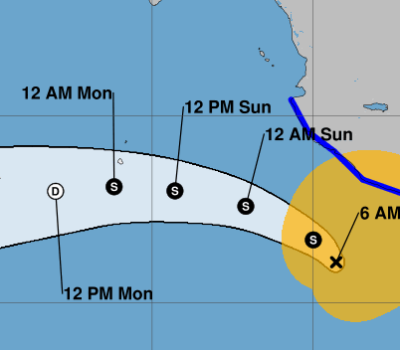The Mexican peso began trading Thursday with an initial gain against the U.S. dollar, but those gains were short-lived after inflation data from the Bank of Mexico was released, which spooked the market and reversed the currency’s momentum. The peso was trading at 19.8188 units per dollar, showing only a modest 0.4 percent advance compared to Wednesday’s reference price, according to information from Reuters.
Earlier in the trading session, the peso had appreciated by up to 0.33 percent, reaching 19.7601 per dollar. However, as inflation figures were disclosed, it shifted course, ending with a loss of 0.29 percent in value compared to its earlier high, dampening expectations for stronger performance.
At Citibanamex branches, the dollar was being bought at 19.23 Mexican pesos and sold at 20.33 pesos, reflecting the peso’s vulnerability to shifting market sentiment.
Inflation Concerns Pressure the Peso
The reversal in the peso’s performance was largely driven by the release of local inflation figures, which added to market uncertainty. The country’s overall consumer price index accelerated to 4.69 percent year-on-year in the first half of October, a figure higher than anticipated. Despite this, core inflation, which excludes volatile items such as food and energy, continued its downward trend, registering at 3.87 percent—its lowest level since February 2021.
These mixed inflation signals have raised questions about the Bank of Mexico’s future policy actions. Market analysts suggest that the central bank, commonly known as Banxico, may continue with a cautious approach to cutting its key interest rate. Persistent inflation, even in the face of moderating core inflation, puts pressure on the central bank to balance economic growth with price stability.
U.S. Jobless Claims Add to Market Anxiety
Adding to the global economic backdrop, economic data from the United States also influenced the peso’s performance. Weekly applications for unemployment benefits in the U.S. unexpectedly fell to 227,000, signaling a relatively strong labor market. However, more people collected unemployment benefits in mid-October, raising concerns about a potential uptick in the unemployment rate in the coming months.
While the U.S. labor market shows resilience, the continued flow of jobless claims data introduces uncertainty about future interest rate decisions by the U.S. Federal Reserve. The peso’s movements are often influenced by developments in the U.S. economy, given the close trade ties between the two nations and the peso’s sensitivity to changes in global risk appetite.
Exchange Rate Volatility Persists
The peso has experienced notable volatility throughout 2024, driven by both domestic factors, such as inflation and fiscal policy, and international developments, including U.S. economic indicators and global commodity prices. Investors are closely watching inflation trends and Banxico’s policy responses to assess the currency’s outlook.
For expats and businesses in Mexico, fluctuations in the peso-dollar exchange rate directly impact living costs, particularly for those earning in foreign currency. A weaker peso can provide advantages for foreign retirees or tourists, but it also raises concerns about the broader economic implications, especially for local businesses that rely on imported goods.
As the year progresses, the peso’s trajectory will depend largely on Banxico’s decisions regarding interest rates, as well as external factors like U.S. economic performance and global inflation trends.
Outlook
The peso’s recent performance underscores the delicate balance that Mexico’s central bank must maintain in navigating inflationary pressures while fostering economic growth. With inflation moderating but still presenting risks, Banxico’s upcoming policy meetings will be pivotal in determining the peso’s direction for the remainder of the year.
For now, the peso’s immediate future remains uncertain, and traders and market watchers will be looking for further signs from both domestic inflation data and global economic trends before making any definitive calls on the currency’s long-term path.
The Mexican peso began trading Thursday with an initial gain against the U.S. dollar, but those gains were short-lived after inflation data from the Bank of Mexico was released, which spooked the market and reversed the currency's momentum. The peso was trading at 19.8188 units per dollar, showing only a modest 0.4 percent advance compared to Wednesday’s reference price, according to information from Reuters.












